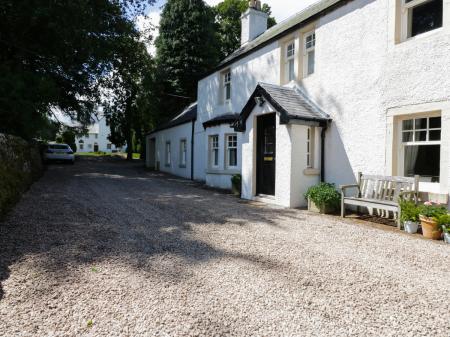
History
The story of Verdant Works is the story of Dundee's connection to the manufacture of rope products from Indian jute. Dundee was ideally equipped to take advantage of the Industrial Age's need for jute products. It had a long heritage as a centre for weaving, and its thriving whaling fishery provided the oil needed to soften raw jute and make it workable. Dundee was also a busy shipbuilding port, and it could produce the fast ships needed to bring the raw jute from India.
The jute industry transformed Dundee. From the arrival of the first bales of raw jute in 1820 to the turn of the 20th century Dundee developed over 100 mills, which employed between them some 50,000 workers - half the working population of Dundee. Dundee was truly the jute capital of the world.

In 1833 a local flax spinner and merchant named David Lindsay had a mill built by Scouring Burn. The new mill was flanked by green fields, giving rise to its name, 'Verdant'. The Verdant Mill eventually grew to cover 25,000 square feet of space, with 70 power looms, employing 500 people.
The Museum
The original mill has been restored, including the lade (water channel), and much of the weaving equipment. The Mill museum tells the story of jute and the heritage of Dundee through interactive displays, films, and hands-on experience of making jute rope for yourself.
Exhibits cover all aspects of the textile trade, from how the workers lived, to how the raw materials were obtained, shipped, and processed. See original machinery patterns, flax and jute products, tools, drawings, and testing equipment. There is a large collection of archival material, including old photographs, documents, costumes, and artwork.

The jute collection at Verdant Works has been declared a Recognised Collection of National Significance, a testament to the heritage importance of the jute industry not just to Dundee but to Britain in the Industrial Age.





